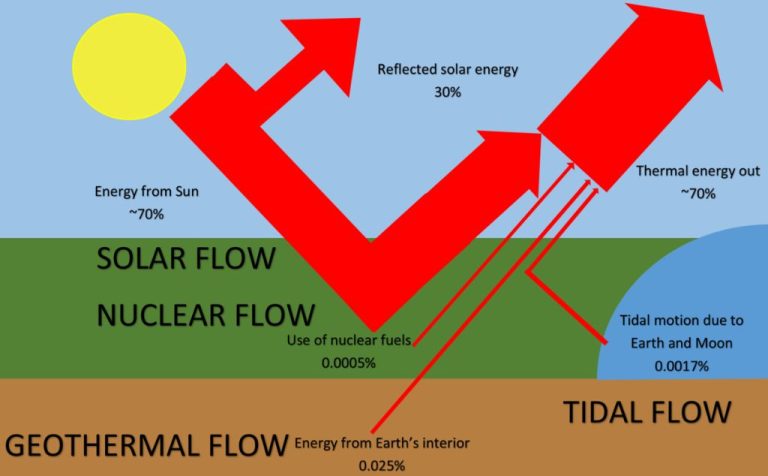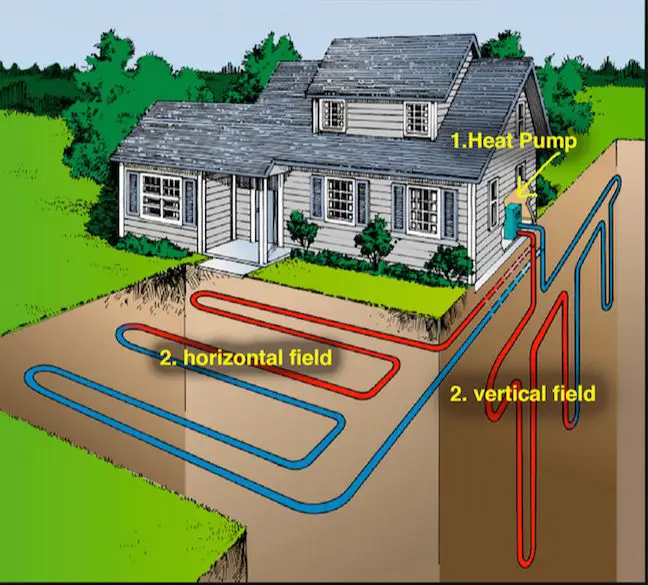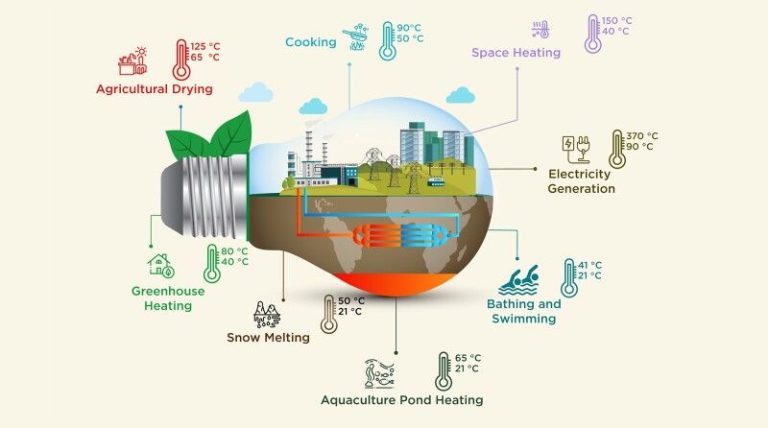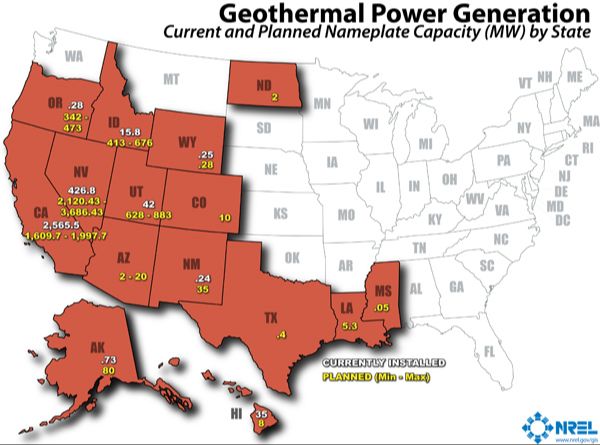Geothermal Sustainability Challenges: Bridging The Gap
Geothermal energy is thermal energy generated and stored in the Earth. It is a clean, renewable source of energy that utilizes the heat within the Earth’s crust to produce electricity and provide heating and cooling. Geothermal energy has several key benefits:
- It is sustainable and renewable – geothermal energy is constantly replenished and will be available as long as the Earth exists.
- It is clean and emits very little greenhouse gases – geothermal power plants release less than 5% of the carbon dioxide emissions of a fossil fuel plant.
- It is reliable and available 24/7 – geothermal plants have availability factors of 90-98% and can provide baseload power.
- It requires a small land footprint – geothermal plants use less land area per kWh than coal, solar PV, and wind farms.
However, there are also sustainability challenges facing the growth and adoption of geothermal energy. Extensive drilling and fluid injection can deplete geothermal reservoirs over time. Above-ground geothermal infrastructure can disrupt natural habitats and landscapes. Large amounts of water are needed for geothermal operations, straining local water resources. This article will explore the key sustainability issues facing geothermal energy and recent innovations that can help overcome these challenges.
Geothermal Resource Limits
While geothermal energy offers many sustainability advantages over fossil fuels, there are concerns about the finite nature of geothermal resources. Only certain geographical locations have the right combination of geological conditions to allow for geothermal electricity generation or direct use applications. Known geothermal reservoirs are not uniformly distributed worldwide and economically viable locations are rarer still.
Geothermal plants draw from the Earth’s internal heat, which is continuously generated by radioactive decay deep within the crust and mantle. However, in any given location, there is a finite amount of accessible heat that can be sustainably utilized before it needs time to replenish. Over-exploitation without sufficient recharge periods can prematurely cool reservoirs. Conservative use is required for long-term viability.
Estimates vary on the total global geothermal resource potential and how much can be viably harnessed with current technologies. While the worldwide theoretical potential is enormous at 12,000 EJ/year, studies suggest the accessible potential with today’s technical limits is likely under 200 EJ/year. This is still a vast amount compared to current global energy use, but the geographically constrained nature of viable sites makes scalability a challenge.
Land Use Impacts
Geothermal power plants can have significant impacts on land use, both from the facilities themselves and supporting infrastructure. Geothermal reservoirs suitable for electricity generation are often located in remote areas, requiring new roads and transmission lines to transport the power to load centers.
The facilities themselves take up a large footprint, with the power plant, cooling towers, pipelines, and other components. While geothermal plants have a small footprint compared to other renewables like solar or wind farms per megawatt produced, the land impact can still be substantial.
There are also risks of land subsidence, or sinking of the ground surface, from excessive fluid withdrawal from geothermal reservoirs over time. This can damage infrastructure and buildings on the surface. Careful reservoir management is needed to avoid subsidence.
Enhanced geothermal systems that inject fluids into hot dry rock formations to extract heat can also trigger small earthquakes through the water pressure fracturing the rock. While most induced seismic events are too small to feel at the surface, larger tremors that damage property remain a concern.
Environmental regulations and oversight are important to minimize land use impacts from geothermal development. Facility locations must be chosen carefully and subsidence monitoring should be routine. With proper precautions, the land use effects can be managed.
Water Use Challenges
Geothermal power plants require significant amounts of water for cooling and condensing the steam that runs the turbines. This can put a strain on local water resources in arid regions. Depending on the technology used, geothermal plants use between 1800 to 3200 gallons of water per megawatt-hour generated. This is considerably higher than solar PV or wind power, which use almost no water.
Most geothermal plants use evaporative cooling towers to condense the geothermal steam. This consumes large volumes of water through evaporation. In arid regions like the western U.S., this can deplete scarce surface and groundwater resources. Some geothermal fields are located in protected natural areas, raising concerns over impacts to sensitive ecosystems that depend on those water resources.
There are potential solutions, like using air-cooled or hybrid cooling systems, which greatly reduce water needs. But these systems lower the efficiency of the plant, increasing the levelized cost. Water scarcity will increasingly constrain geothermal development in water-stressed regions like the arid western U.S. There are still opportunities for growth in areas with abundant water resources if water use can be managed sustainably.
Greenhouse Gas Emissions
Geothermal power plants generate electricity by tapping into underground reservoirs of hot water and steam. While geothermal energy is considered a clean and renewable resource overall, geothermal sites can emit greenhouse gases like carbon dioxide (CO2) and hydrogen sulfide (H2S).
Carbon dioxide emissions from geothermal plants occur when hot water extracted from underground reservoirs contains dissolved CO2 that is released into the atmosphere. The amount of CO2 released depends on the carbon content of the geothermal reservoir. Flash plants that utilize water with over 300°F temperatures tend to have higher CO2 emissions than binary power plants utilizing lower temperature water. Proper monitoring and emission control measures can help reduce carbon dioxide discharges.
Hydrogen sulfide is another greenhouse gas that can be released from geothermal power sites, resulting from the breakdown of sulfur-containing minerals in geothermal reservoirs. Hydrogen sulfide emissions can be precipitated out and made into elemental sulfur. But any venting of H2S gas directly into the atmosphere contributes to acid rain and global warming impacts. Careful reservoir management and abatement technologies can minimize releases of hydrogen sulfide.
While geothermal systems produce greenhouse gases, their emission levels are generally much lower per kWh generated compared to fossil fuel power plants. But continued efforts to lower carbon dioxide and hydrogen sulfide emissions will be important for maximizing the sustainability benefits of geothermal energy.
Induced Seismicity Risks
Geothermal energy projects can sometimes trigger earthquakes through activities like hydraulic fracturing (fracking) or wastewater injection. Fracking involves pumping high-pressure fluid underground to fracture rock and improve fluid flow. The pressure and fluid can lubricate faults, causing them to slip and trigger small quakes. Similarly, wastewater disposal from geothermal plants is often pumped back underground through injection wells. This can increase pore pressure along faults and induce seismicity.
While most induced earthquakes are too small to be a safety concern, larger magnitude quakes above 3 or 4 can sometimes occur and damage buildings. Oklahoma for example, where wastewater injection has dramatically increased due to oil and gas operations, has seen a surge in earthquakes including several over magnitude 5.
To mitigate the risk, geothermal projects near faults or populated areas may need to avoid fracking techniques. Additionally, injection wells can be sited away from fault zones and use less pore pressure. However, induced seismicity remains one of the key challenges for geothermal sustainability and requires careful monitoring and management.
Innovations to Improve Sustainability
As geothermal energy expands as a renewable resource, companies and researchers are focused on innovations that enhance sustainability and reduce environmental impacts.
One major area of innovation is Enhanced Geothermal Systems (EGS). Conventional geothermal power relies on naturally occurring reservoirs of hot water near the surface. EGS expands the potential of geothermal by fracturing hot dry rock formations deep underground and pumping water in to create geothermal reservoirs where none existed before. This expands the geographic range for geothermal power beyond traditional hydrothermal resources.
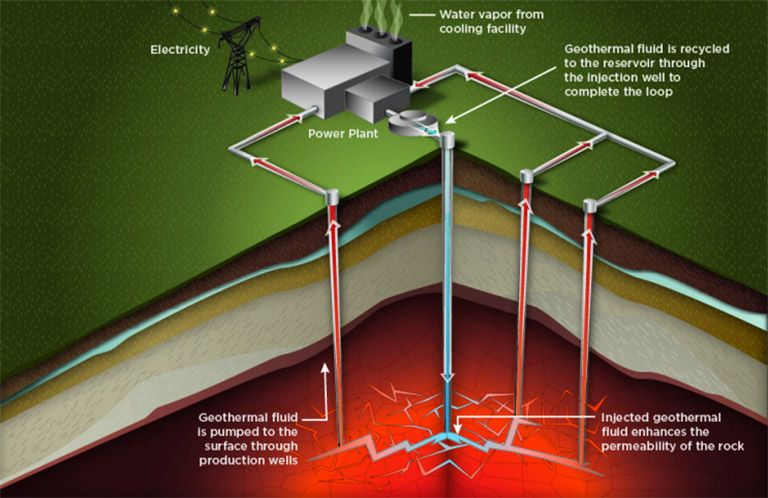
Hybrid power plants that combine geothermal with other renewables like solar PV or biomass power are also gaining traction. These hybrid plants boost power generation efficiency and flexibility. For example, solar energy can supplement geothermal during peak power demand times when the geothermal resource is depleted.
Emissions control systems for geothermal plants are also an important innovation area. Systems to reinject gases back underground, install air quality monitoring equipment, and use filtration systems can reduce impacts from emissions like hydrogen sulfide and mercury.
Continued investment in research and deployment of innovations like EGS, hybrid plants, and emissions controls will be critical to address sustainability concerns and scale up geothermal to meet its full potential as a renewable baseload power source.
Policy and Regulations
To ensure the long-term sustainability of geothermal energy, effective policies and regulations are needed. Governments should implement environmental regulations on geothermal development such as limits on greenhouse gas emissions, requirements for monitoring and minimizing induced seismicity, and protections for land and water resources.
Emissions regulations can mandate capture or reinjection of CO2 and other gases from geothermal plants. This helps reduce their climate impact. Seismic monitoring requirements allow tracking of earthquake risks during drilling and fluid injection. Thresholds can trigger required mitigation measures if seismicity increases.
Land use policies should avoid developing geothermal in protected ecological areas and require site reclamation after operations cease. Water use regulations can protect local aquifers by capping geothermal water withdrawals and requiring re-injection of used fluids.
Overall, thoughtful policies and oversight are crucial for geothermal expansion while safeguarding communities and environments. Governments must balance enabling geothermal projects with ensuring their long-term sustainability through regulatory standards. With the right policies, geothermal can provide clean reliable power for generations to come.
Public Perception Challenges
Despite the environmental benefits of geothermal energy, there are public concerns over the safety and aesthetics of geothermal power plants that create opposition to new projects. This “not in my backyard” or NIMBY sentiment stems from fears over seismic activity, noise, visual impacts, and potential emissions from geothermal plants.
Some geothermal reservoirs require hydraulic fracturing to enhance productivity, raising fears over induced earthquakes and groundwater contamination. High profile seismic events linked to geothermal projects in Switzerland and California have created unease about seismic risks. Although rare, past technical failures have led to release of hydrogen sulfide gas. This raises safety concerns, despite low emissions relative to fossil fuels.
The industrial nature of geothermal plants, with cooling towers billowing vapor plumes, pipelines, and transmission infrastructure, also fuels local opposition. Residents often view geothermal facilities as eyesores that may lower property values. This NIMBYism poses social acceptance barriers for geothermal, even in environmentally-minded communities.
Overcoming negative perceptions requires community outreach and education on geothermal’s green attributes and strict operational oversight on safety issues. Supportive policies and incentives can also smooth local approval processes to facilitate geothermal adoption. But garnering broad public acceptance remains an ongoing challenge.
Conclusion
Geothermal energy has great potential as a sustainable renewable energy source, but it also faces significant sustainability challenges that must be addressed. This article covered key issues like geothermal resource limits, land use impacts, greenhouse gas emissions, induced seismicity risks, and public perception challenges.
To develop geothermal responsibly and minimize its environmental footprint, innovations in technology like advanced drilling methods, hybrid power systems, and emissions control will be critical. Thoughtful policy and regulations that promote sustainability best practices are also key. Public education can help foster support for geothermal projects developed transparently and responsibly.
With a balanced approach that weighs geothermal’s benefits and its impacts, great progress can be made toward harnessing its potential sustainably. The geothermal industry, policymakers, local communities and environmental advocates will all play an important role in ensuring its responsible development and integration into a diversified renewable energy portfolio.

